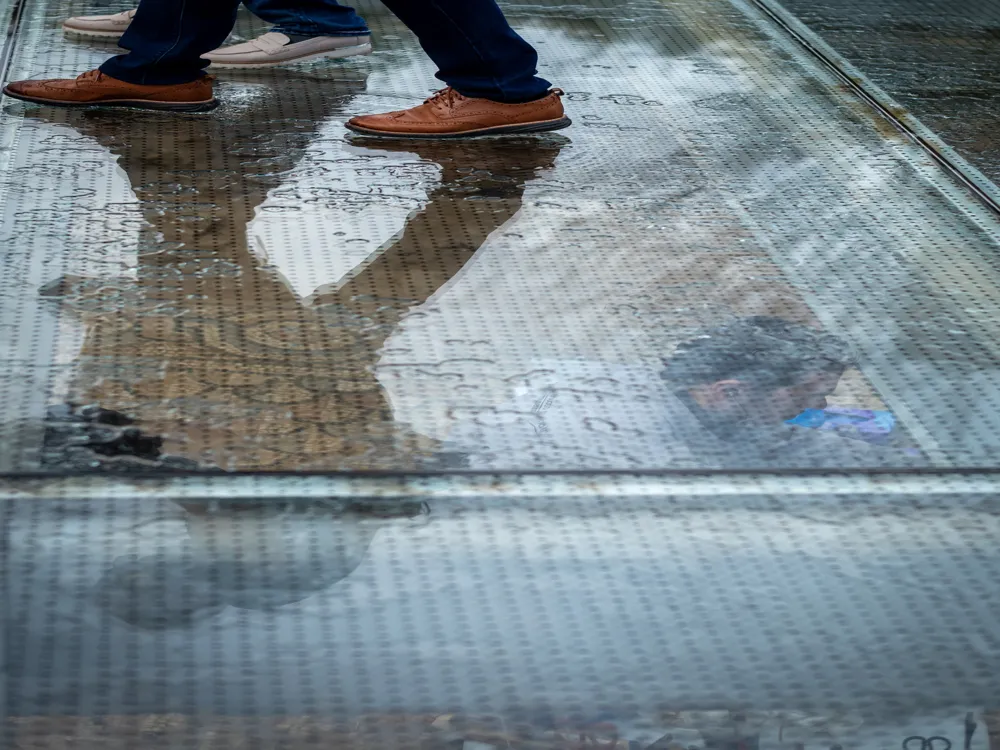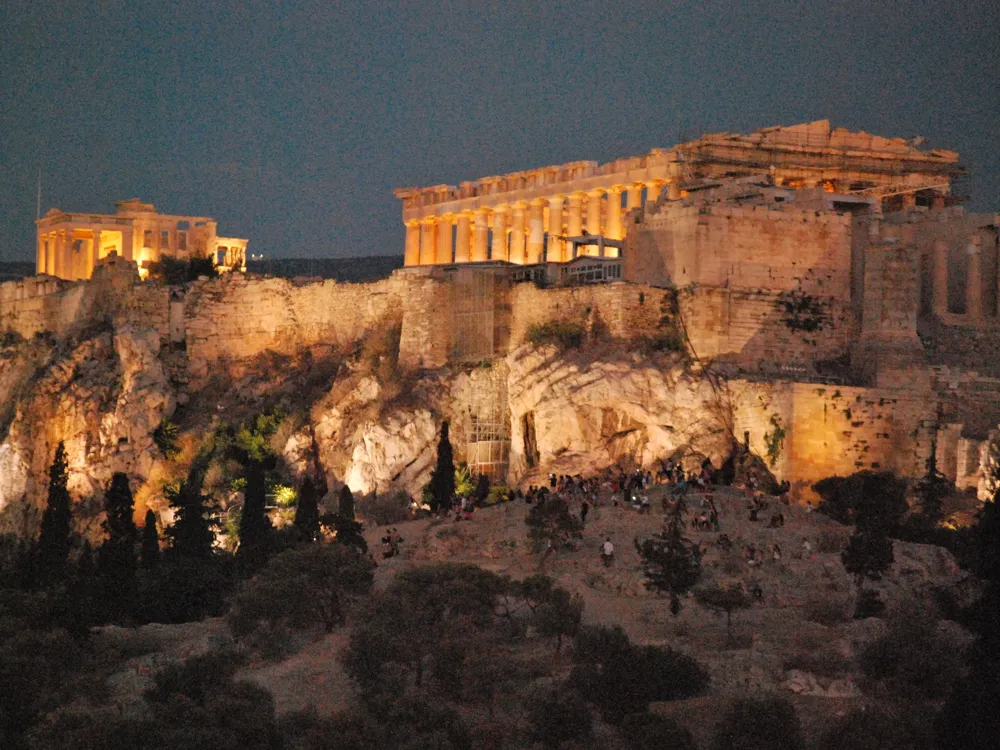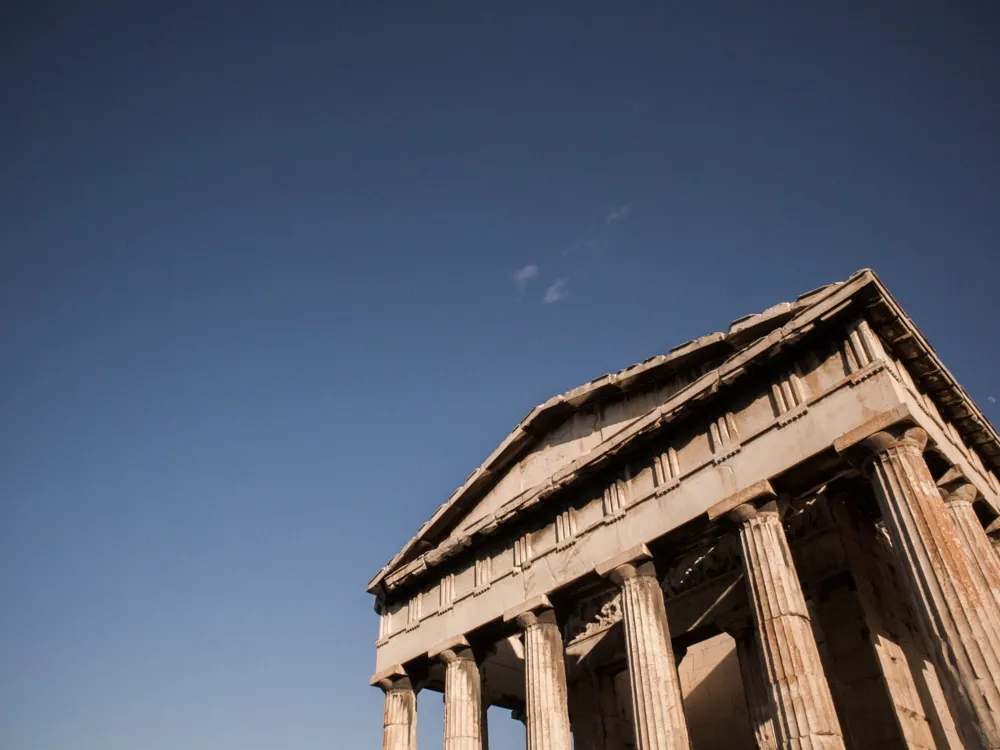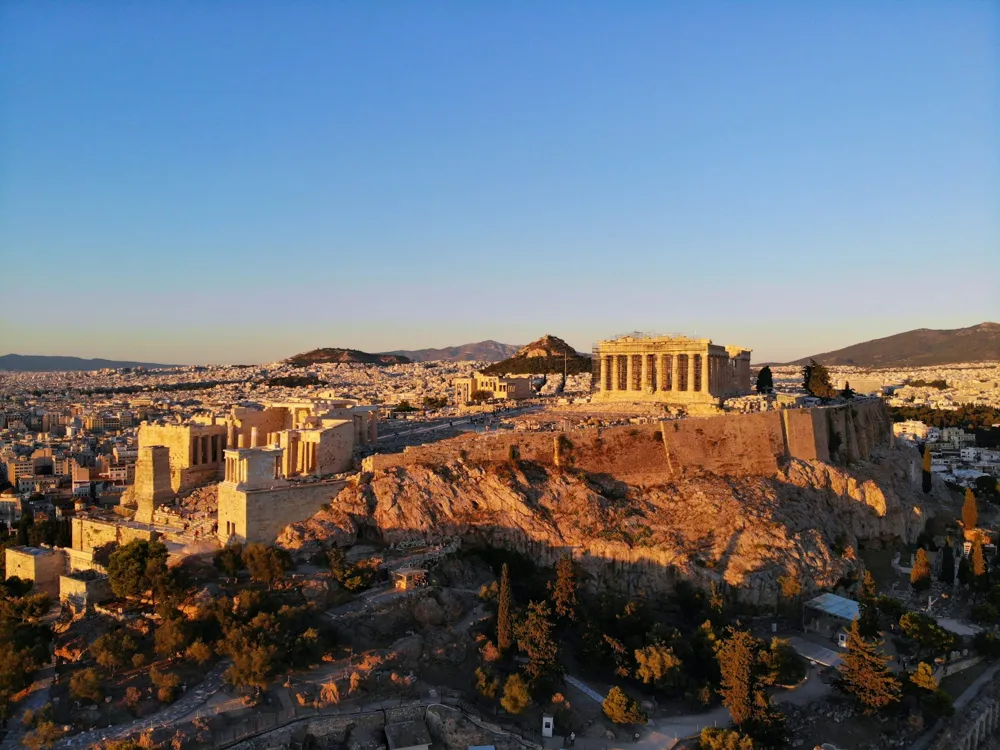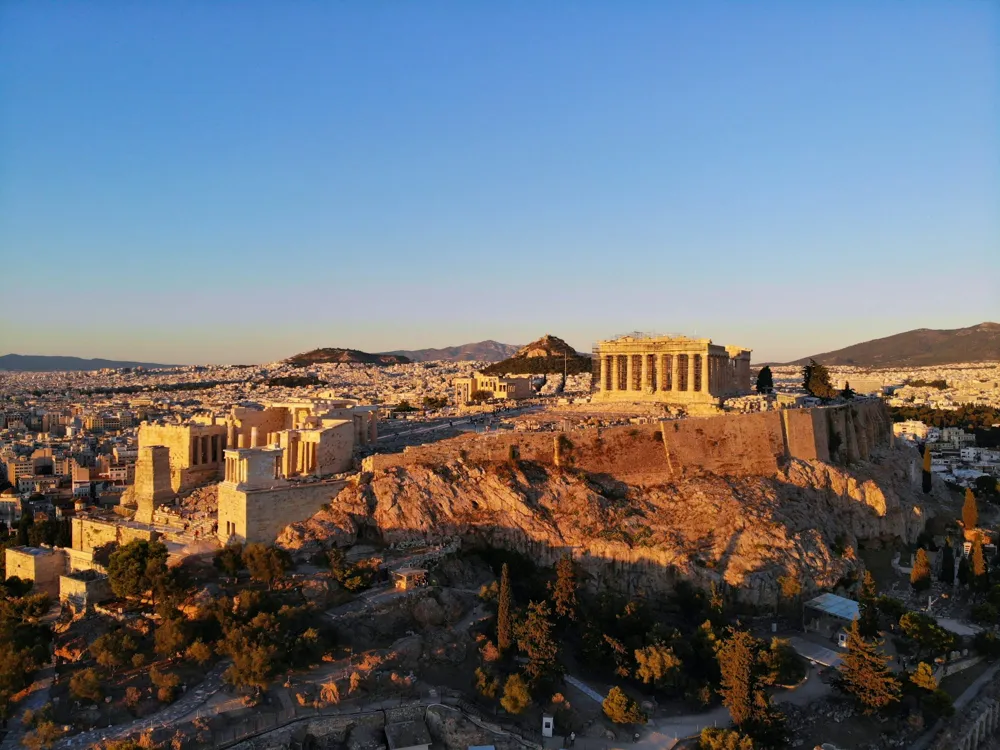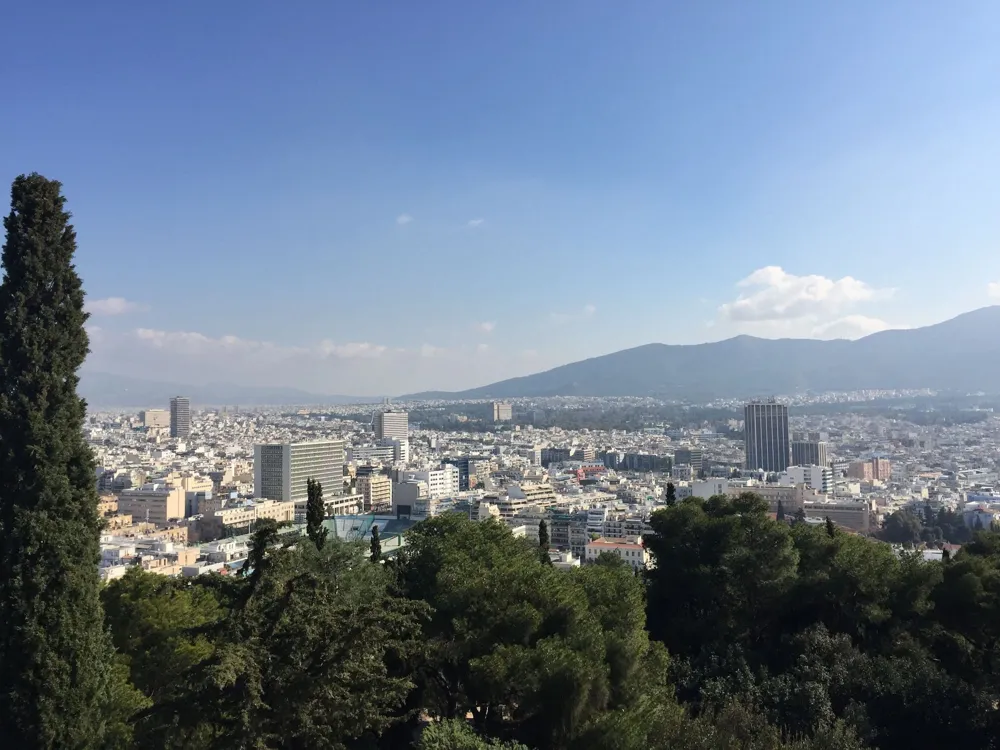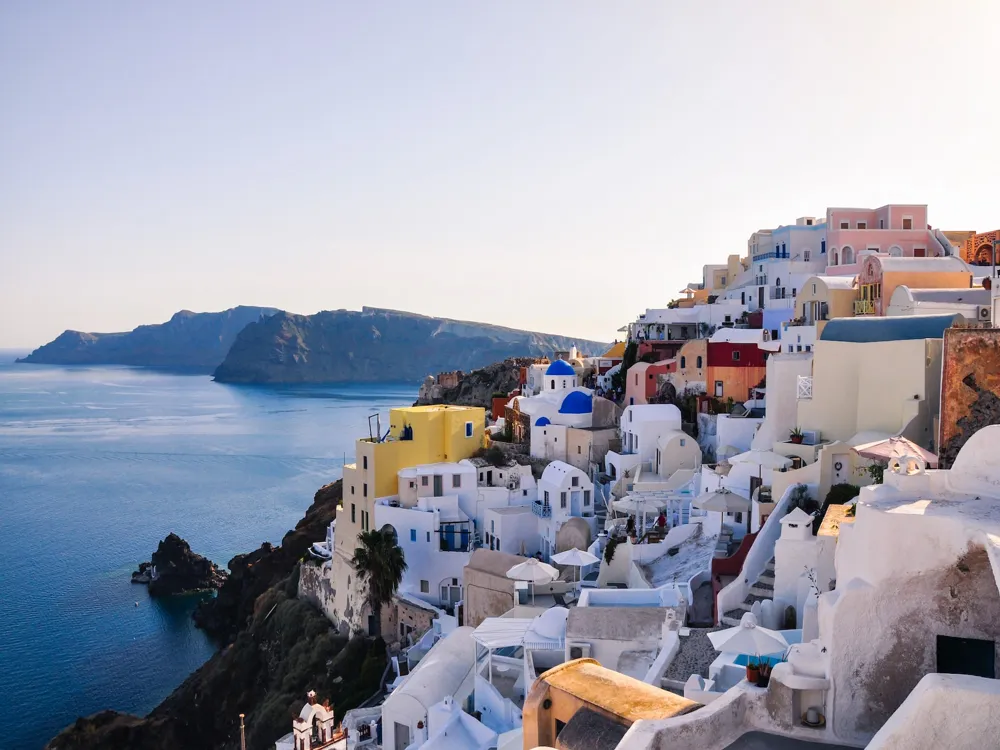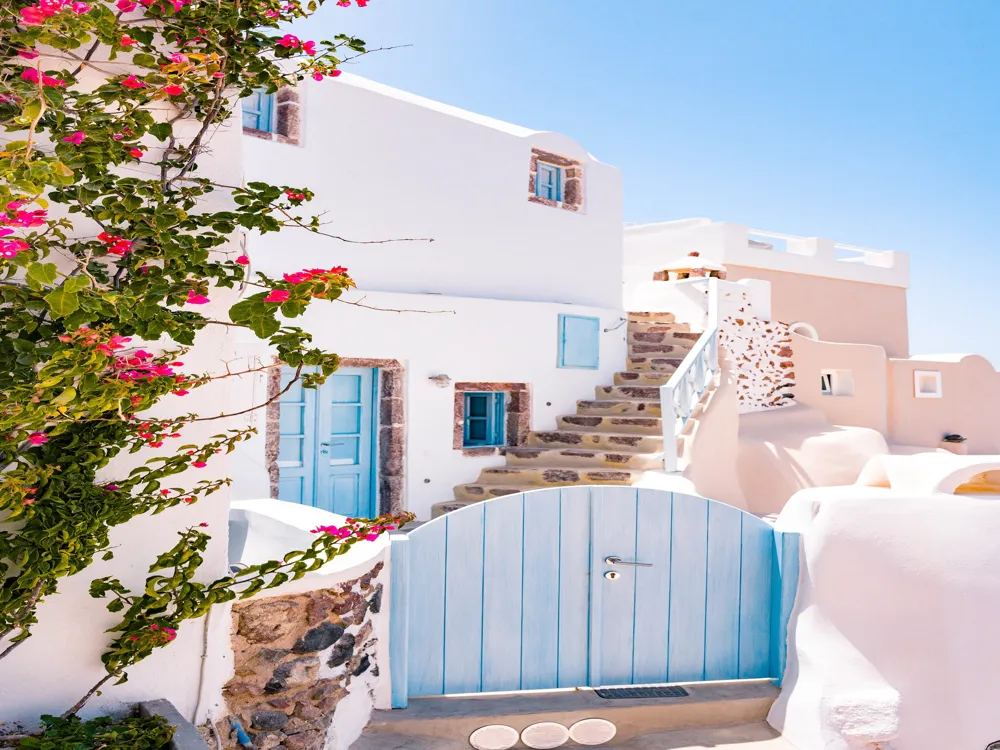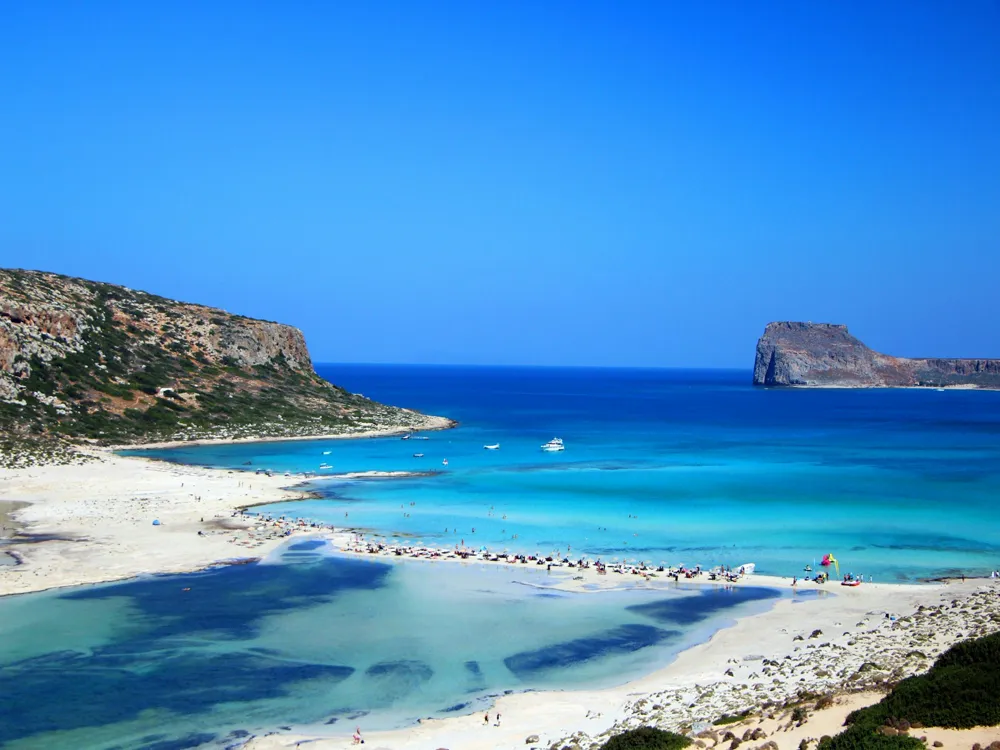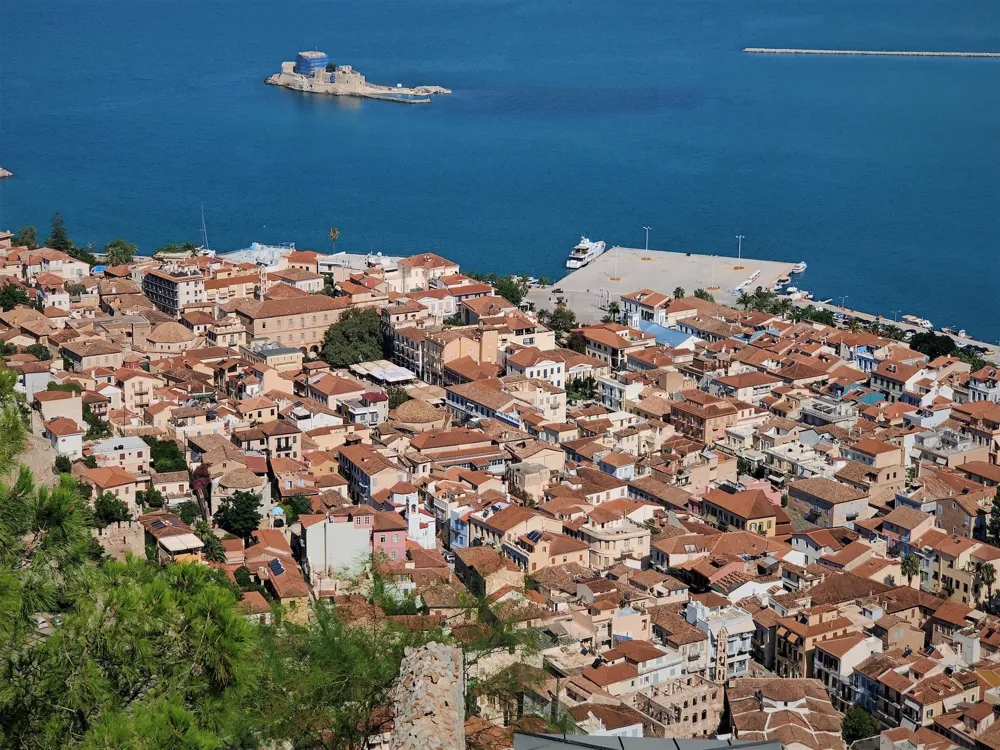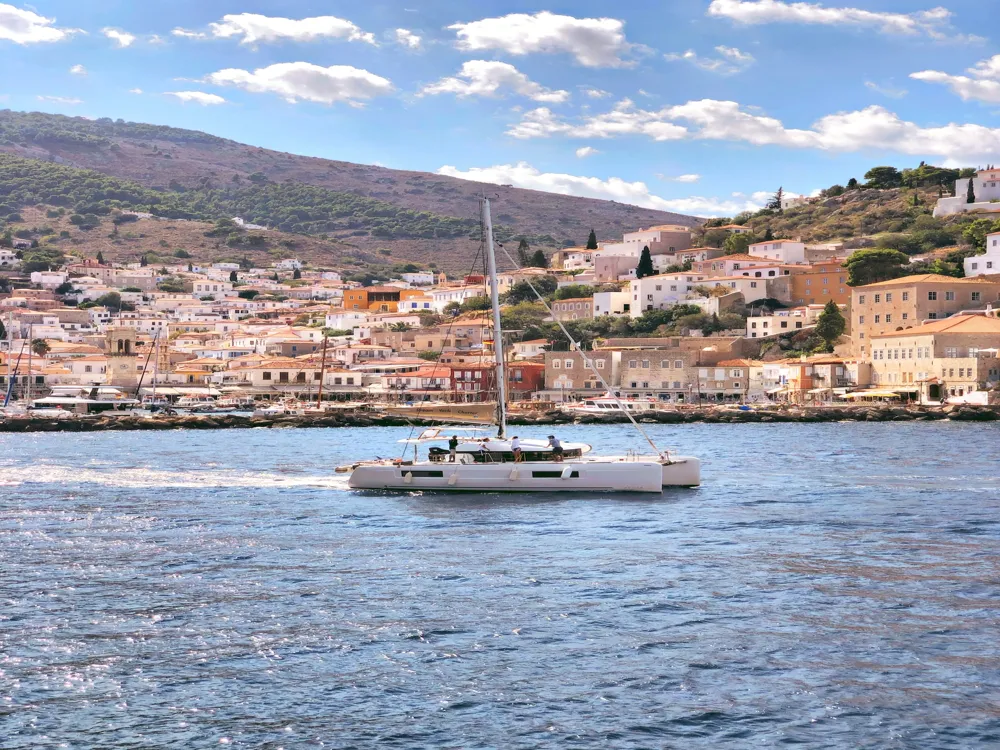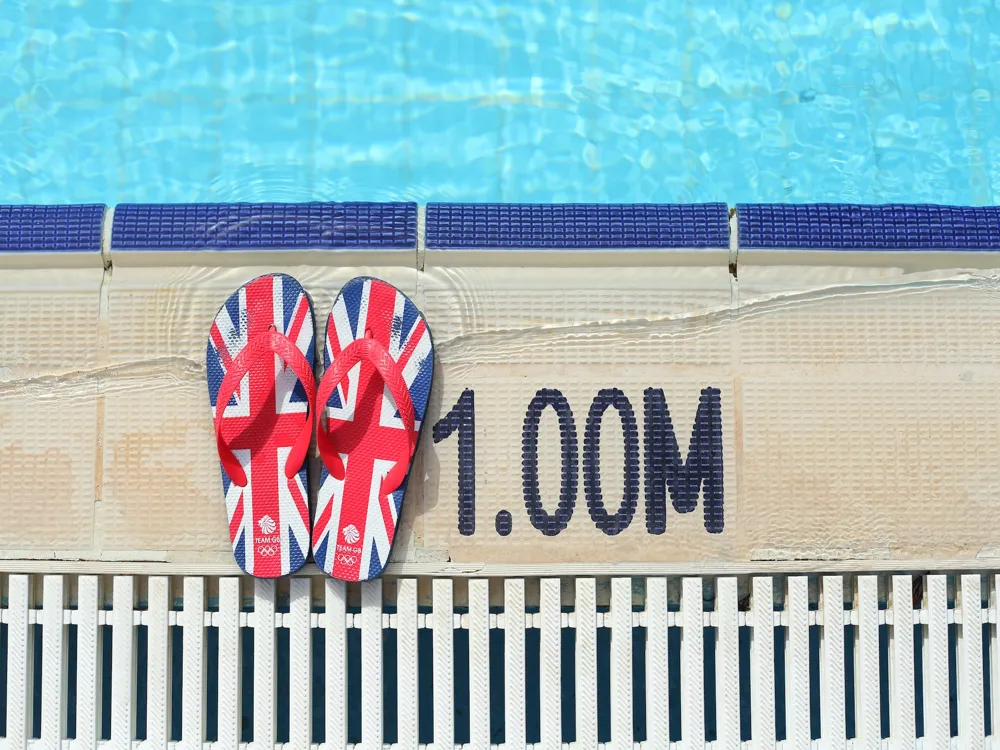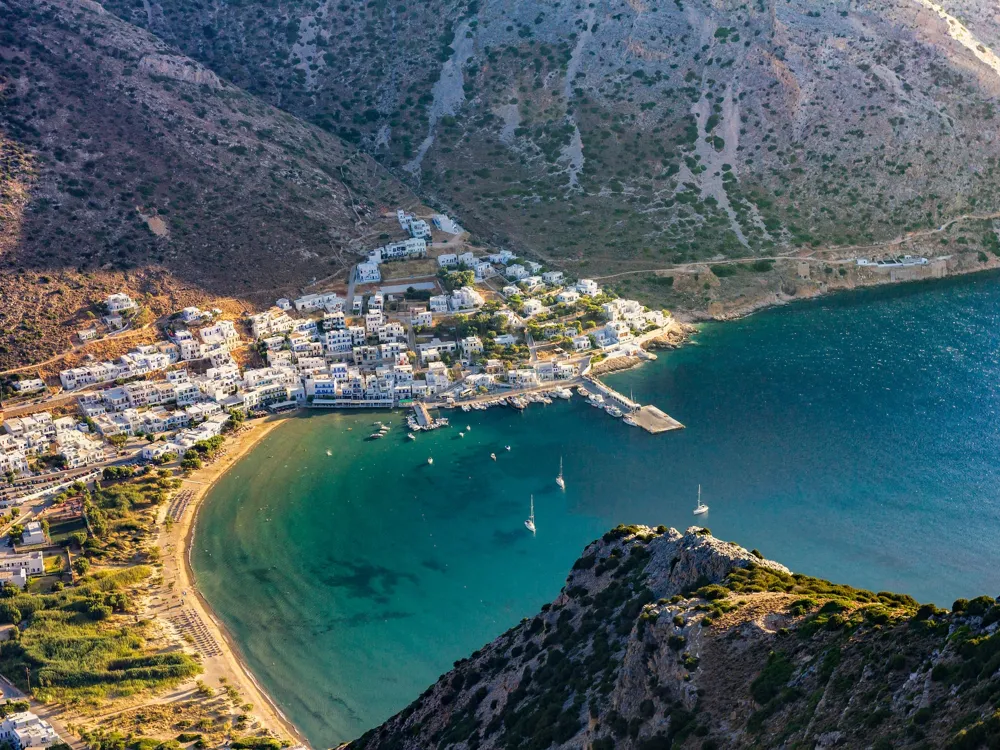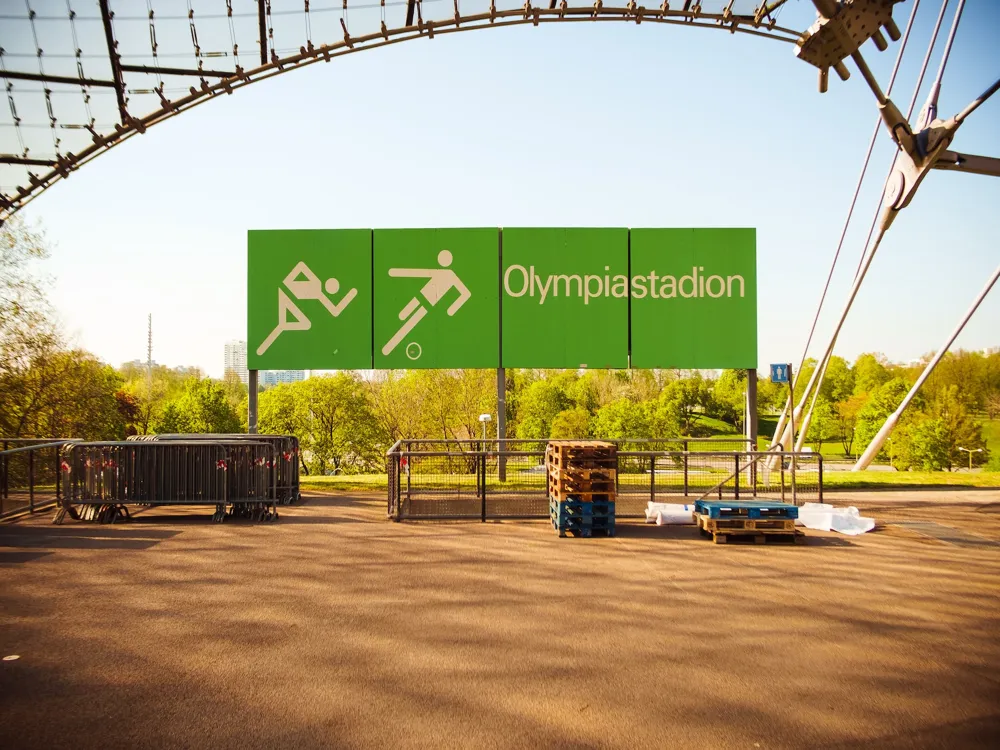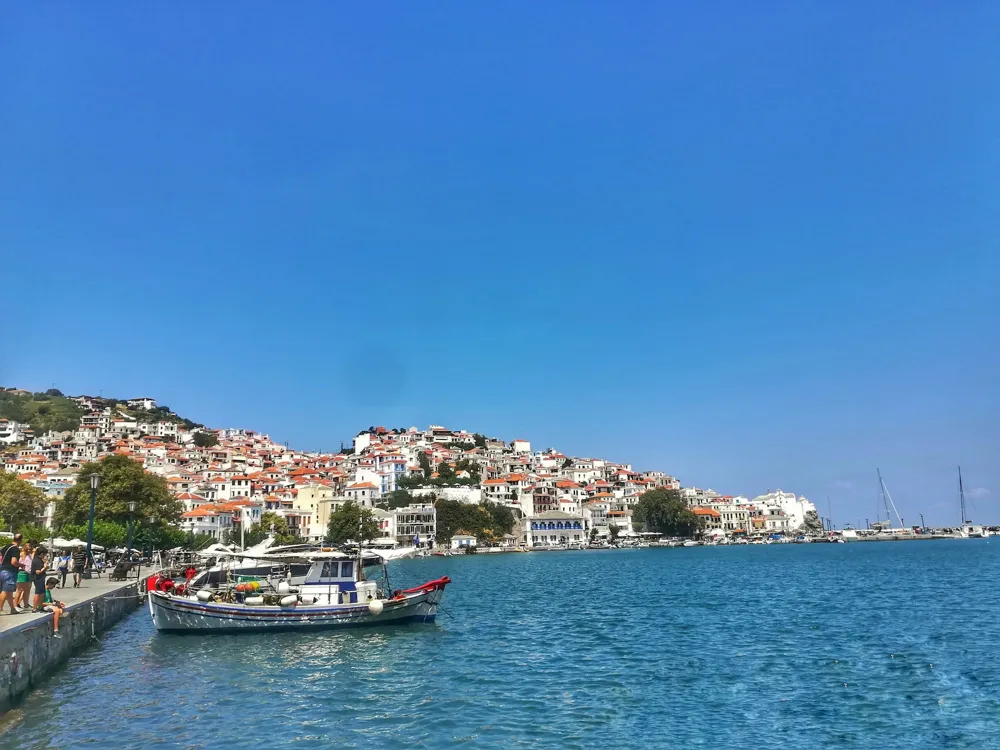The Erechtheion, a temple located on the north side of the Acropolis in Athens, Greece, stands as a testament to ancient Greek architecture and religious significance. Erected between 421 and 406 BCE, this tabernacle is devoted to both Athena and Poseidon. Unlike other tabernacles, the Erechtheion is famed for its unique asymmetrical design, which was a response to the irregular terrain and the need to accommodate multiple sacred spots within its structure. This tabernacle is a high illustration of the High Classical style of Greek armature and holds a significant place in Greek tradition and history. The Erechtheion's architectural design is a phenomenon of the ancient world, featuring a complex plan that includes both doric and ionic rudiments. The tabernacle is most notorious for its veranda of the Pedestals, where six draped womanish numbers, known as Pedestals, serve as architectural supports, replacing the traditional columns. These numbers showcase the Greeks' skill in sculpting and armature. The east and north galleries display Ionic columns, known for their slender and elegant proportions. The tabernacle's uneven construction was a result of its position on the sacred gemstone of the Acropolis and the necessity to save before sacred structures and spots. The innards of the Erechtheion are inversely remarkable, featuring fine details and artifice, pressing the cultural and architectural advancements of the period. The stylish time to visit the Erechtheion is during spring( April to beforehand June) or the afterlife( September to November). During these months, the rainfall in Athens is affable, and the sightseer crowds are less thick, offering a more pleasurable visiting experience. Opting for a guided term can greatly enhance your experience. Knowledgeable attendants give perceptivity to the history, tradition, and architectural features of the Erechtheion, offering a deeper understanding of its significance. Photography is allowed, and the stylish shots of the Erechtheion can be taken during the golden hours, just after daylight or before evening, when the lighting adds a dramatic effect to its ancient structures. The Erechtheion is accessible via colourful modes of transportation in Athens. The most accessible way to reach the Acropolis, where the Erechtheion is located, is by metro. The closest metro station is' Acropolis' on Line 2. From there, it's a short walk to the Acropolis point. Taxis and motorcars are also available, but the metro offers the quickest and most effective route. For those preferring to walk, the Acropolis is well-signposted from the megacity centre. Read More:Overview of the Erechtheion in Athens
Architectural Significance of the Erechtheion
Tips for Visiting the Erechtheion
Best Time to Visit
Guided Tours
Photography Tips
How To Reach the Erechtheion
Erechtheion
Athens
₹ 25,800 onwards
View athens Packages
Weather :
Tags : Historical Site
Timings : Summers 08:00 - 20:00. Winters 08:00 - 18:00
Entry Fee : EUR 12
Planning a Trip? Ask Your Question
Athens Travel Packages
View All Packages For Athens
Top Hotel Collections for Athens

Private Pool

Luxury Hotels

5-Star Hotels

Pet Friendly
Top Hotels Near Athens
Other Top Ranking Places In Athens
View All Places To Visit In athens
Faq on Athens
What is the Erechtheion in Athens?
The Erechtheion is an ancient Greek temple located on the Acropolis of Athens, dedicated to both Athena and Poseidon.
Who built the Erechtheion?
The Erechtheion was built under the supervision of the architect Mnesicles, commissioned by Pericles, the Athenian statesman.
Why is the Erechtheion famous?
The Erechtheion is famous for its unique architecture, including the famous Porch of the Caryatids, as well as its religious significance in ancient Athens.
What is the significance of the Erechtheion?
The Erechtheion served as a place of worship for both Athena and Poseidon, as well as housing various religious artifacts and mythological sites, such as the sacred olive tree.
Is the Erechtheion still standing?
Yes, the Erechtheion is still standing today, although it has undergone restoration and conservation efforts over the years to preserve its structure.
View athens Packages
Weather :
Tags : Historical Site
Timings : Summers 08:00 - 20:00. Winters 08:00 - 18:00
Entry Fee : EUR 12
Planning a Trip? Ask Your Question
Athens Travel Packages
View All Packages For Athens
Top Hotel Collections for Athens

Private Pool

Luxury Hotels

5-Star Hotels

Pet Friendly
Top Hotels Near Athens
Other Top Ranking Places In Athens
View All Places To Visit In athensFaq on Athens
What is the Erechtheion in Athens?
The Erechtheion is an ancient Greek temple located on the Acropolis of Athens, dedicated to both Athena and Poseidon.
Who built the Erechtheion?
The Erechtheion was built under the supervision of the architect Mnesicles, commissioned by Pericles, the Athenian statesman.
Why is the Erechtheion famous?
The Erechtheion is famous for its unique architecture, including the famous Porch of the Caryatids, as well as its religious significance in ancient Athens.
What is the significance of the Erechtheion?
The Erechtheion served as a place of worship for both Athena and Poseidon, as well as housing various religious artifacts and mythological sites, such as the sacred olive tree.
Is the Erechtheion still standing?
Yes, the Erechtheion is still standing today, although it has undergone restoration and conservation efforts over the years to preserve its structure.







